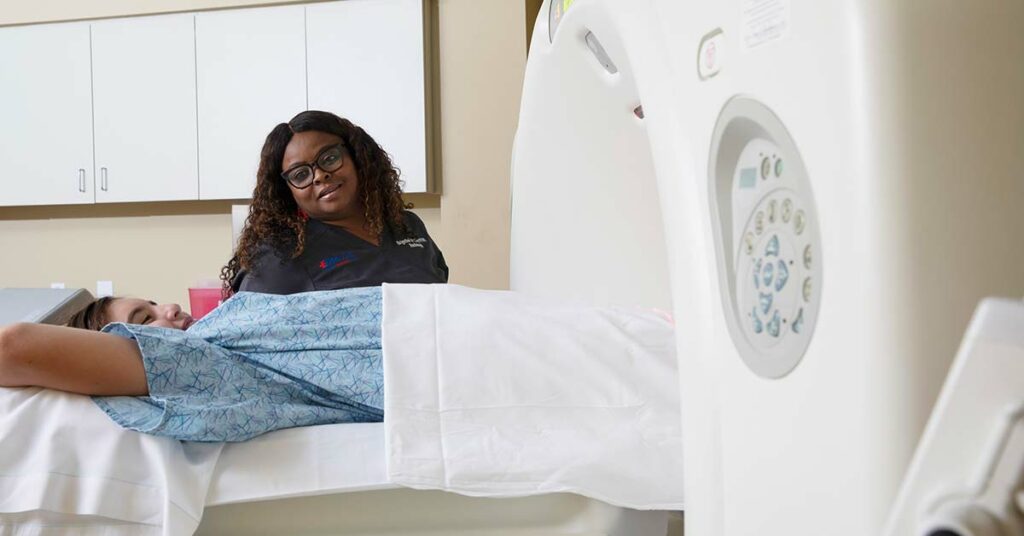
Pediatric emergencies encompass a wide range of sudden or severe health conditions and injuries in children. These conditions and injuries pose an immediate risk to their health or life, and require prompt medical attention.
It’s important to understand that children’s physiological and anatomical characteristics, as well as their responses to illnesses and injuries, differ significantly from adults. While some emergencies in children are similar to those in adults, many conditions are unique to the pediatric population.
These can range from common childhood illnesses to more serious conditions requiring urgent care.
Common Pediatric Issues
- Respiratory Distress: Conditions like asthma, bronchiolitis, croup, and pneumonia can cause significant breathing difficulties in children.
- Febrile Seizures: Often associated with high fevers, febrile seizures are relatively common in young children. While they can be alarming, they are typically short-lived and rarely cause long-term health issues.
- Allergic Reactions and Anaphylaxis: Severe allergic reactions can be life-threatening in children, especially cases of anaphylaxis triggered by food allergies, insect stings, or medications.
- Gastrointestinal Issues: Acute abdominal pain in children can be a sign of appendicitis, intestinal obstruction, or gastroenteritis.
- Poisoning and Ingestion of Foreign Bodies: Accidental ingestion of medications, household products, or small objects can lead to poisoning or choking hazards in children.
- Traumatic Injuries: Falls, sports injuries, and other accidents can result in fractures, concussions, or more serious traumas.
- Infectious Diseases: Children are susceptible to a variety of infectious diseases, such as meningitis, which can present as emergencies due to their rapid progression and severity.
- Dehydration: Often resulting from prolonged vomiting or diarrhea, dehydration in children can escalate quickly and requires immediate medical intervention.
- Sudden Infant Death Syndrome (SIDS) and ALTEs (Apparent Life-Threatening Events): These events, including episodes of apnea (cessation of breathing), can be life-threatening and require immediate medical evaluation.
Each of these conditions presents unique challenges in the pediatric population, emphasizing the importance of specialized knowledge and skills in pediatric emergency care.
Symptom Analysis and Identification
While each pediatric problem will come with their own specialized symptoms, if you notice any of these in children, it’s recommended to seek medical help:
- Respiratory Distress: Look for rapid or labored breathing, flaring nostrils, wheezing, a bluish tint to the lips or skin (cyanosis), and retractions (skin pulling in around the ribs and neck during breathing).
- Changes in Skin Color: Pale or bluish skin can indicate poor circulation or oxygenation, while red or purple spots (petechiae) could suggest a serious infection like meningitis.
- Altered Mental Status: Watch for signs of confusion, excessive sleepiness, difficulty waking up, or unusual irritability, which could indicate a serious underlying issue.
- Long Lasting Fever or Rash: A high fever or rash that lasts longer than 24 to 48 hours, especially if the rash doesn’t fade when pressed, could be a sign of a serious infection.
- Vomiting and Diarrhea: Persistent or severe vomiting and diarrhea, especially with signs of dehydration (like dry lips, lack of tears, and decreased urine output), require medical attention.
- Seizures: Any seizure in a child is a medical emergency, particularly if it’s the child’s first seizure, lasting more than a few minutes, or if the child has difficulty breathing or waking after the seizure.
- Injury After a Fall or Accident: Signs of a serious injury include visible deformities, uncontrolled bleeding, dizziness, or loss of consciousness.
- Abdominal Pain: Severe or persistent abdominal pain, especially if it’s localized to a particular area, warrants immediate medical evaluation.
- Difficulty Swallowing or Breathing After Ingesting a Substance or Object: This could indicate poisoning or choking, which are both emergencies.
- Unexplained Lethargy or Weakness: Sudden lethargy or weakness, especially if accompanied by other symptoms like fever or rash, can be a sign of a serious condition.
Diagnosis and Treatment For Pediatric Emergencies
Each pediatric emergency is unique. Treatment plans are tailored to the child’s individual needs, taking into account their age, underlying conditions, and the severity of the symptoms.
The aim is to not only address the immediate emergency but also to provide comprehensive care for the child’s overall health and well-being.
- Initial Assessment: A rapid assessment using the Pediatric Assessment Triangle (appearance, work of breathing, and circulation to the skin) helps in identifying the severity of the condition.
- Stabilization: The first step is to stabilize the child’s condition, which may include administering oxygen, IV fluids, or medications.
- Detailed Medical History: Information about the child’s medical history, symptoms onset, and any known allergies or chronic conditions is gathered.
- Physical Examination: A thorough physical exam is conducted, focusing on vital signs, the area of complaint, and any other visible symptoms.
- Diagnostic Tests: Depending on the symptoms, various tests may be conducted, including blood tests, urine analysis, X-rays, or CT scans, to identify the underlying cause of the emergency.
- Pain Management: Appropriate pain management is provided, taking into account the child’s age and the severity of the condition.
- Monitoring and Supportive Care: Continuous monitoring is crucial, especially in critical conditions. Supportive care, including hydration and nutrition, is also provided.
- Parental Guidance: Parents are provided with information about the child’s condition, treatment plan, and care instructions upon discharge. Emotional support is also crucial in managing the stress of a pediatric emergency.
- Follow-up and Rehabilitation: Arrangements for follow-up appointments and, if necessary, rehabilitation services are made to ensure continued recovery and care.
Frequently Asked Questions
Q: When should I bring my child to the emergency room instead of waiting for a regular doctor’s appointment?
A: You should bring your child to the emergency room for symptoms that appear life-threatening or very severe, such as difficulty breathing, persistent high fever, severe allergic reactions, unconsciousness, seizures, serious injuries, or if they are in extreme pain
Q: How are treatments in pediatric emergencies different from those given to adults?
A: Pediatric treatments differ from adult treatments in several ways. Children’s dosages for medications are different, often based on weight, and certain medications used for adults may not be suitable for children.Additionally, the approach to treating children takes into account their developmental stage and specific physiological differences. Children also require different emotional support and reassurance during medical procedures.
Q: What should I bring with me to the emergency room for a pediatric emergency?
A: It’s helpful to bring any relevant medical information about your child. This includes a list of any medications they are taking, information about any chronic conditions, and details of any recent illnesses or injuries. If possible, also bring their immunization records and any health insurance cards or documents.
Get the Care Your Child Needs
If your child is experiencing a medical emergency, it’s crucial to seek immediate care. At Elitecare, we are equipped to provide specialized and compassionate emergency treatment for children 24/7.














